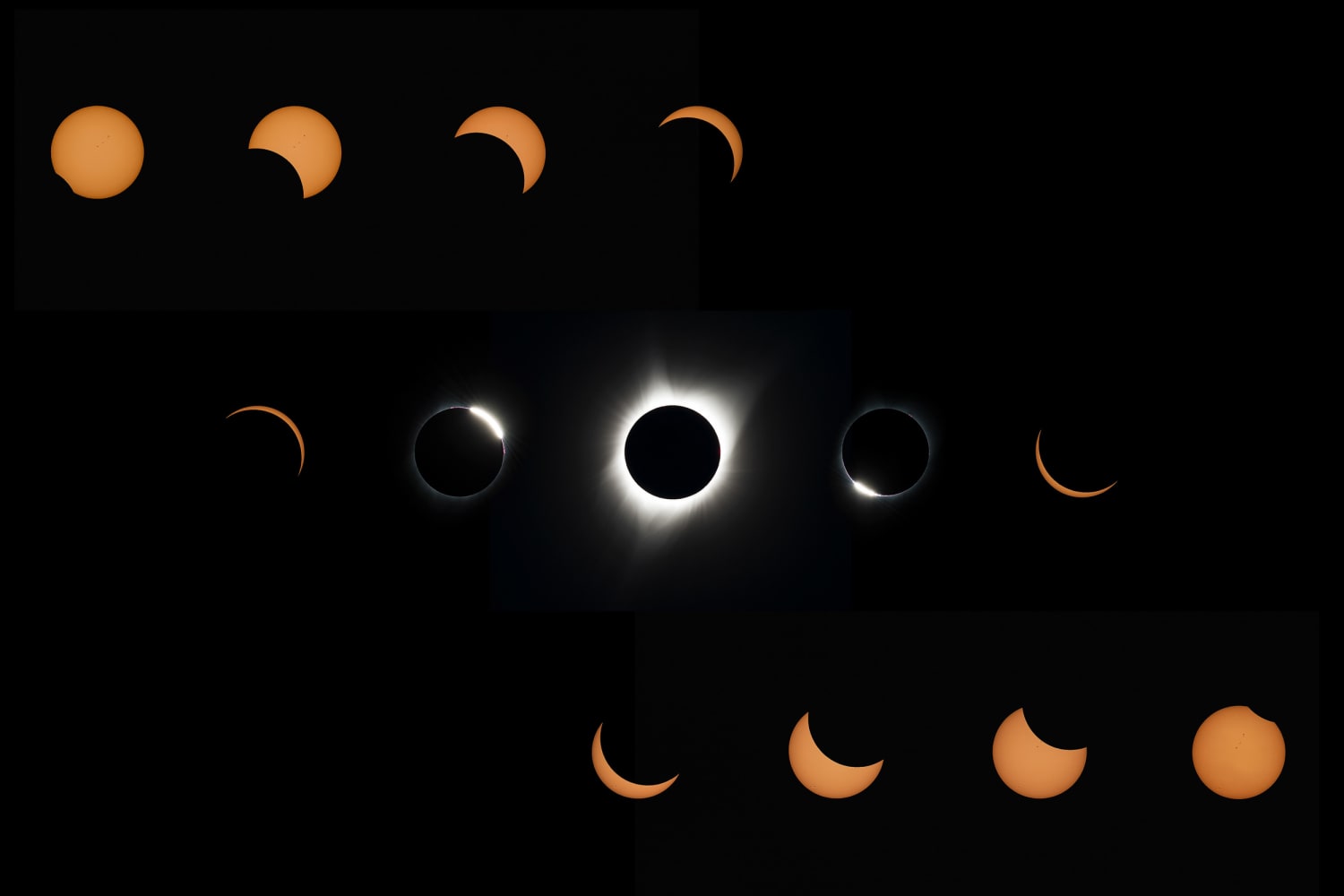Today, the internet has been embellished with various images, snapshots and videos of #SolarEclipse2024. But you may wonder what a solar eclipse is.
With its dramatic darkening of the sky and the temporary disappearance of the sun, a solar eclipse is a breathtaking spectacle and it has fascinated humanity for centuries. But what exactly is a solar eclipse, and how does it occur?
What is a solar eclipse?
A solar eclipse takes place when the moon passes between the sun and the Earth, obscuring all or part of the sun’s light from an observer on Earth.
This rare alignment of celestial bodies creates a shadow that is cast onto the Earth’s surface, resulting in a momentary dimming or total darkness depending on the type of eclipse and the observer’s location.
Types of solar eclipse
There are three main types of solar eclipses: total, partial, and annular.
Total solar eclipse: A total solar eclipse occurs when the moon completely covers the sun, casting a shadow known as the umbra on the Earth’s surface. This phenomenon is often accompanied by the appearance of the sun’s corona, the outer atmosphere of the sun, which is typically visible only during a total eclipse. Total solar eclipses are considered one of nature’s most awe-inspiring spectacles, drawing spectators from around the world to witness the event firsthand.

Partial solar eclipse: A partial solar eclipse occurs when only a portion of the sun is obscured by the moon, resulting in a crescent-shaped sliver of sunlight visible to observers. While not as dramatic as a total eclipse, partial eclipses still offer a remarkable sight and serve as a reminder of the intricate dance of celestial bodies in our solar system.
Annular solar eclipse: An annular solar eclipse occurs when the moon passes directly in front of the sun but does not completely cover it. As a result, a ring of sunlight, known as the annulus or “ring of fire,” is still visible around the edges of the moon’s silhouette. Annular eclipses occur when the moon is at or near its apogee, the point in its orbit farthest from Earth, causing it to appear smaller relative to the sun and resulting in the characteristic ring-like shape.
The frequency of solar eclipses varies depending on several factors, including the orbits of the Earth and moon. On average, there are between two to five solar eclipses each year, with total eclipses occurring less frequently due to their narrow path of totality.
More on #SolarEclipse2024
Today, the solar eclipse is observed in Canada, Mexico, and the United States, with a series of noteworthy facts and occurrences.
It is important to note that today’s solar eclipse is not the only one of its kind this year. The final solar eclipse of 2024 is scheduled to occur six months later, on October 2.
Here are three interesting facts about today’s solar eclipse:
• This eclipse will be the first total solar eclipse to be visible in the provinces of Canada since February 26, 1979, the first in Mexico since July 11, 1991, and the first in the United States since August 21, 2017.
• It will be the only total solar eclipse in the 21st century where totality will be visible in Mexico, the U.S., and Canada
• It will also be the last total solar eclipse visible in neighboring parts of the United States until August 23, 2044.
Curious about where to watch #SolarEclipse2024? You can watch it here.












